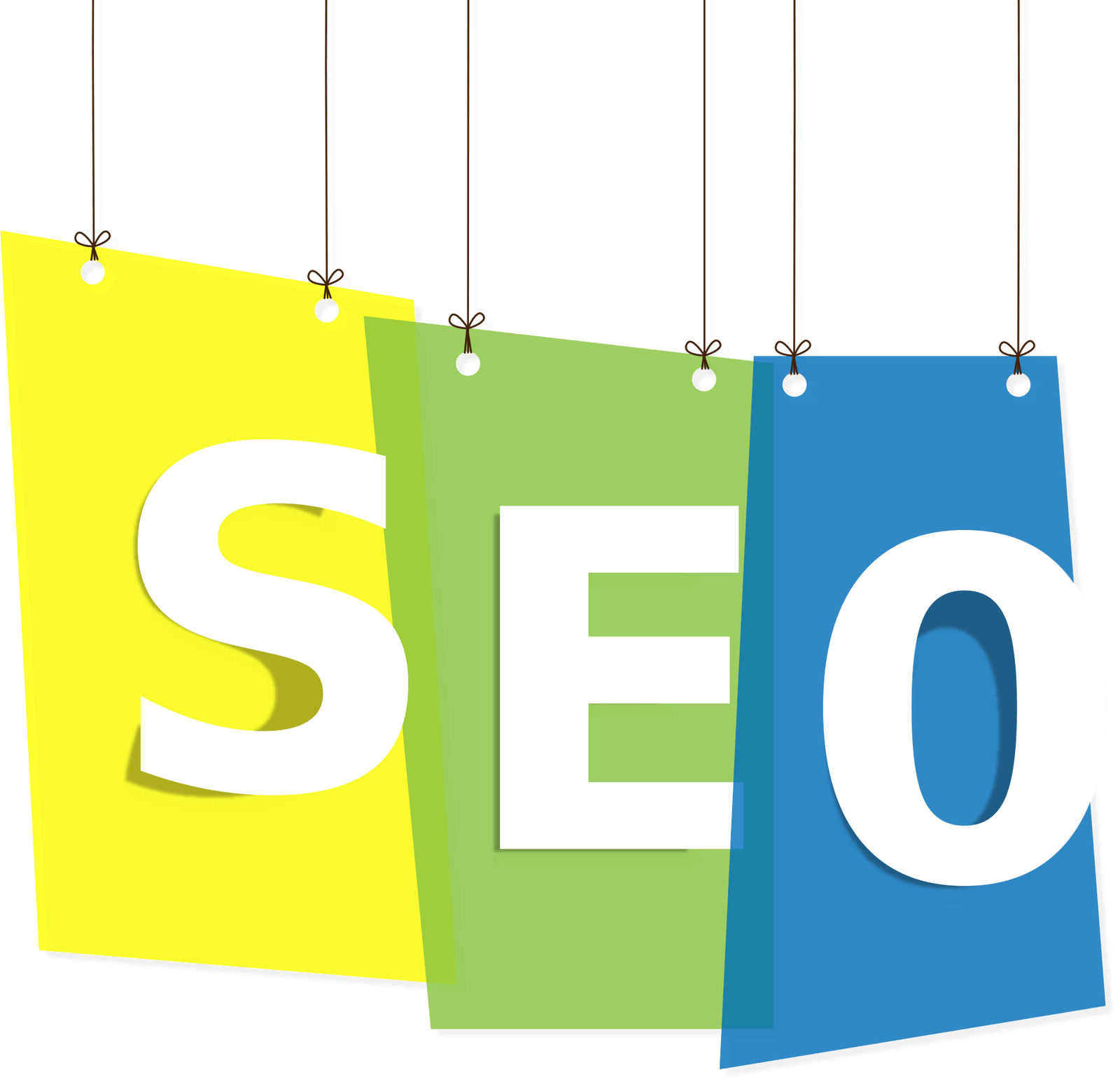Search Engine Optimization (SEO) is the process of improving your website so it ranks higher in search engines like Google, Bing, or Yahoo, making it easier for people to find you online.
✅ 1. Keyword Research
- Find the words and phrases people use to search for your product or service.
- Use tools like Google Keyword Planner, Ubersuggest, or Ahrefs.
- Example: Instead of “cool shoes,” use “best running shoes under $100.”
✅ 2. On-Page SEO
- Optimize each page with:
- A unique title tag and meta description
- Proper use of headings (H1, H2, H3…)
- Internal linking to other pages on your site
- Alt text for images
✅ 3. Quality Content
- Write valuable, original, and informative content that answers users’ questions.
- Keep content updated and relevant.
- Focus on solving problems, not just adding keywords.
✅ 4. Technical SEO
- Improve your site’s speed, mobile responsiveness, and security (HTTPS).
- Fix broken links, duplicate content, and crawl errors.
- Submit your sitemap to Google Search Console.
✅ 5. Off-Page SEO
- Build backlinks (other websites linking to yours) from reputable sources.
- Share your content on social media, blogs, forums, and directories.
✅ 6. Local SEO (If You Have a Physical Business)
- Create and verify your Google Business Profile.
- Add your business to local directories.
- Collect and respond to customer reviews.
✅ 7. Track Performance
- Use tools like:
- Google Analytics
- Google Search Console
- To monitor traffic, search queries, and user behavior.
🎯 Goal of SEO:
To increase visibility, drive organic traffic, and attract the right audience to your website — without paying for ads.

